ICT100 Foundations of Information Systems: A Report on 3D Printing
VerifiedAdded on 2023/03/31
|6
|320
|473
Report
AI Summary
This report provides an overview of 3D printing within the context of information systems, addressing its description, advantages, and disadvantages. It highlights the technology's reliance on CAD software and its ability to expedite complex model development. The report further explores the ethical considerations associated with 3D printing, particularly its potential to increase unemployment and elevate medical treatment costs. It concludes by emphasizing the technology's capacity to enhance company productivity while advocating for a focus on mitigating its drawbacks and broadening its accessibility beyond large organizations. The report references academic sources to support its analysis and findings.
1 out of 6
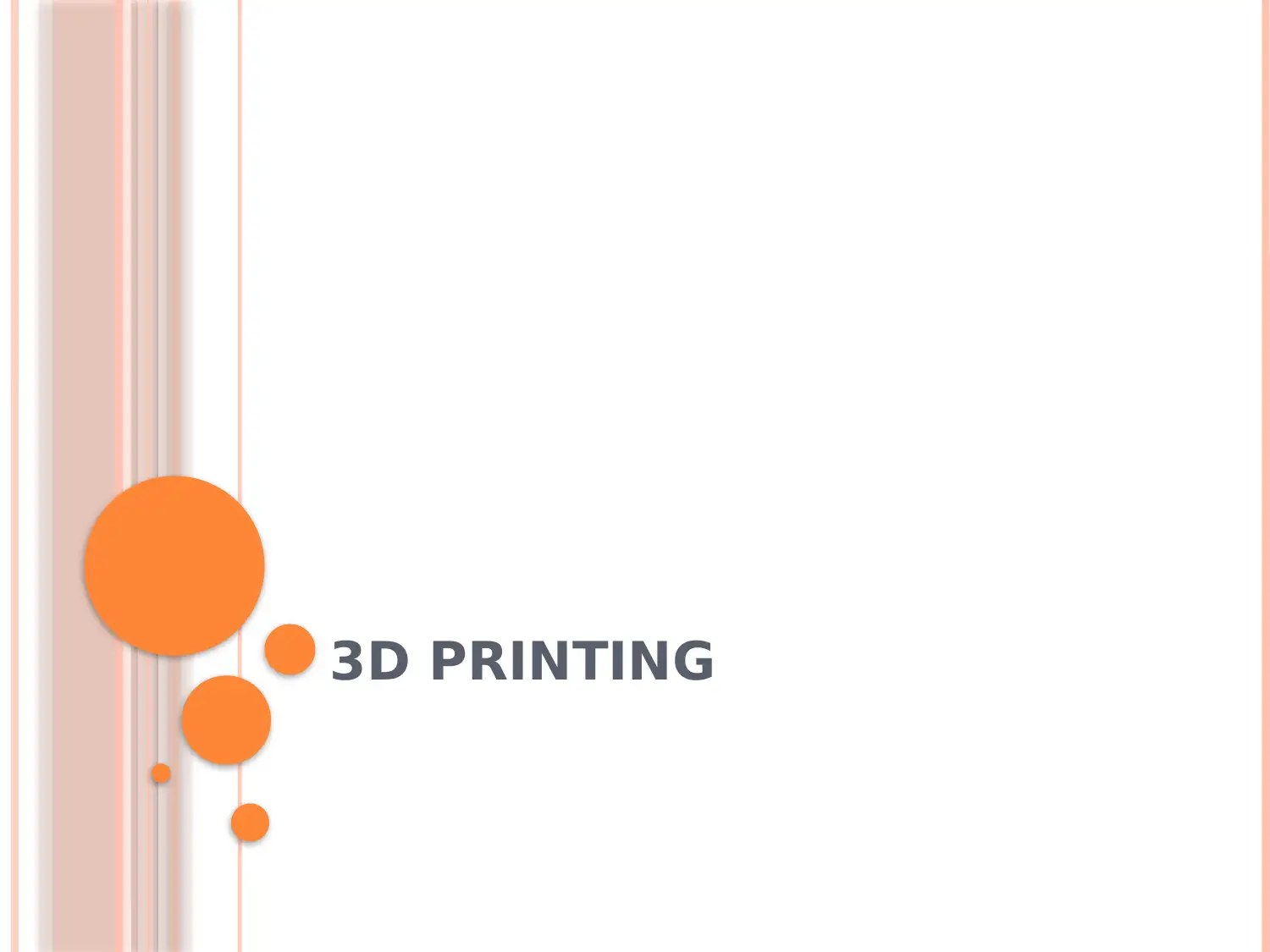
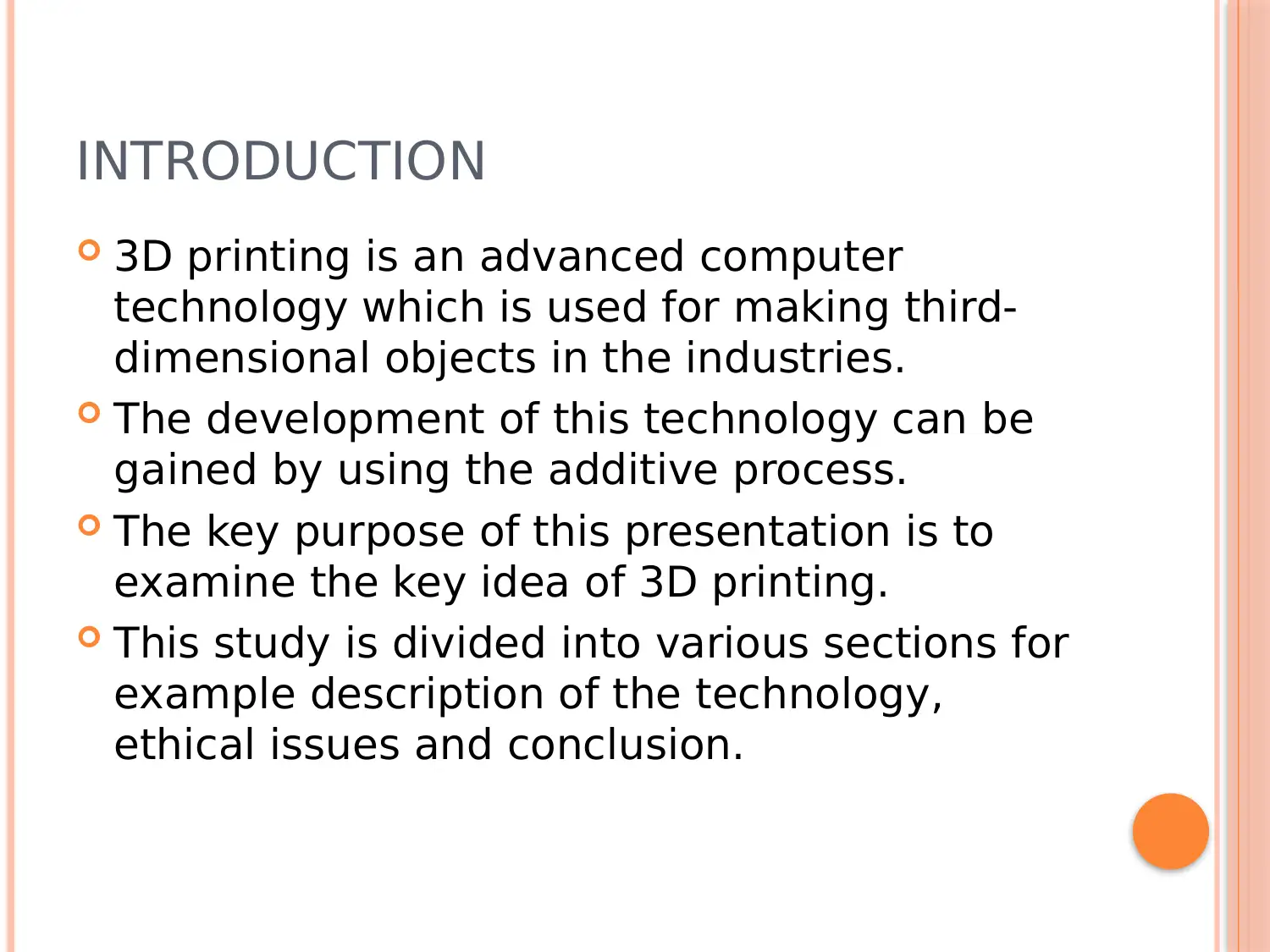
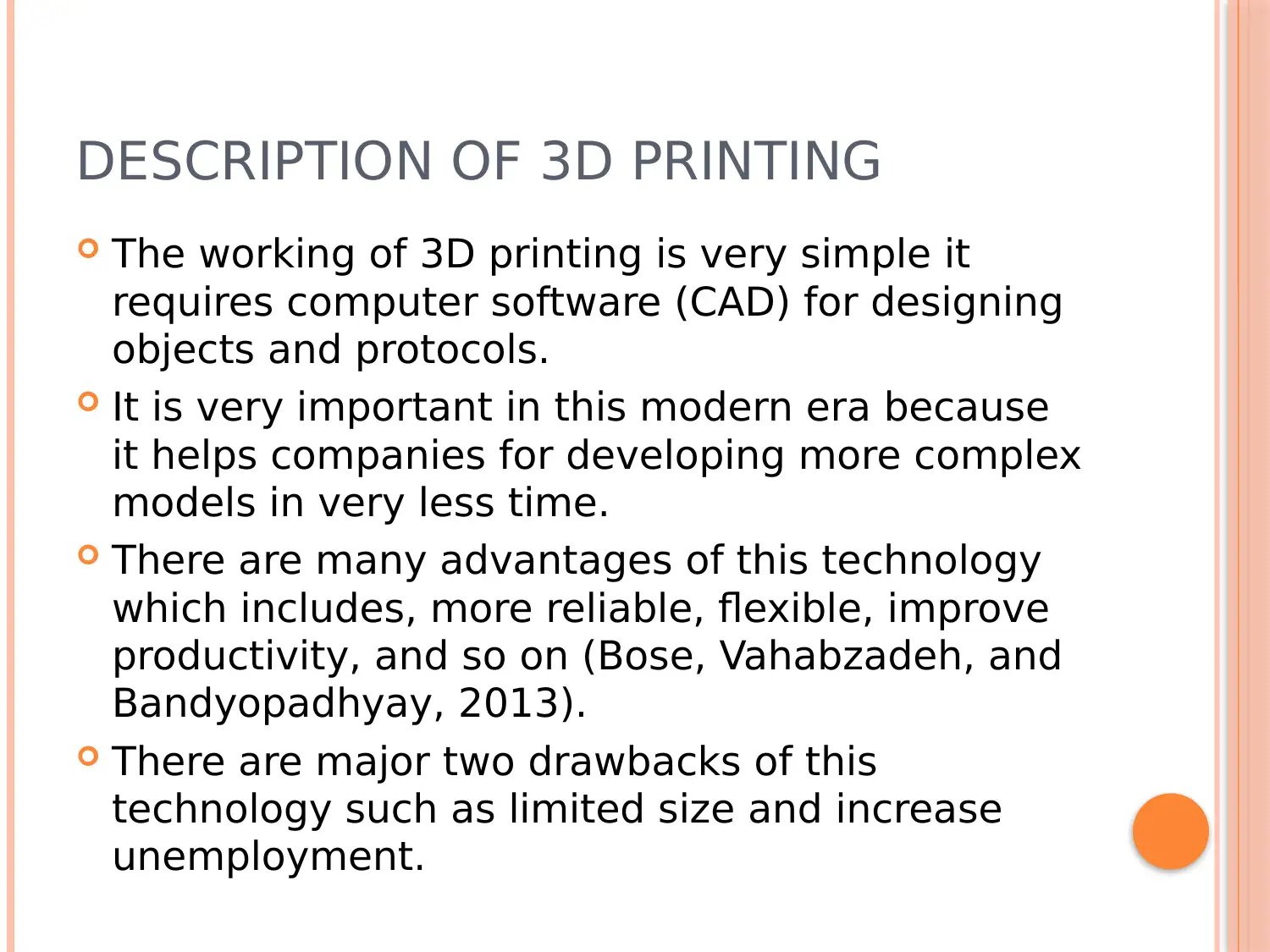

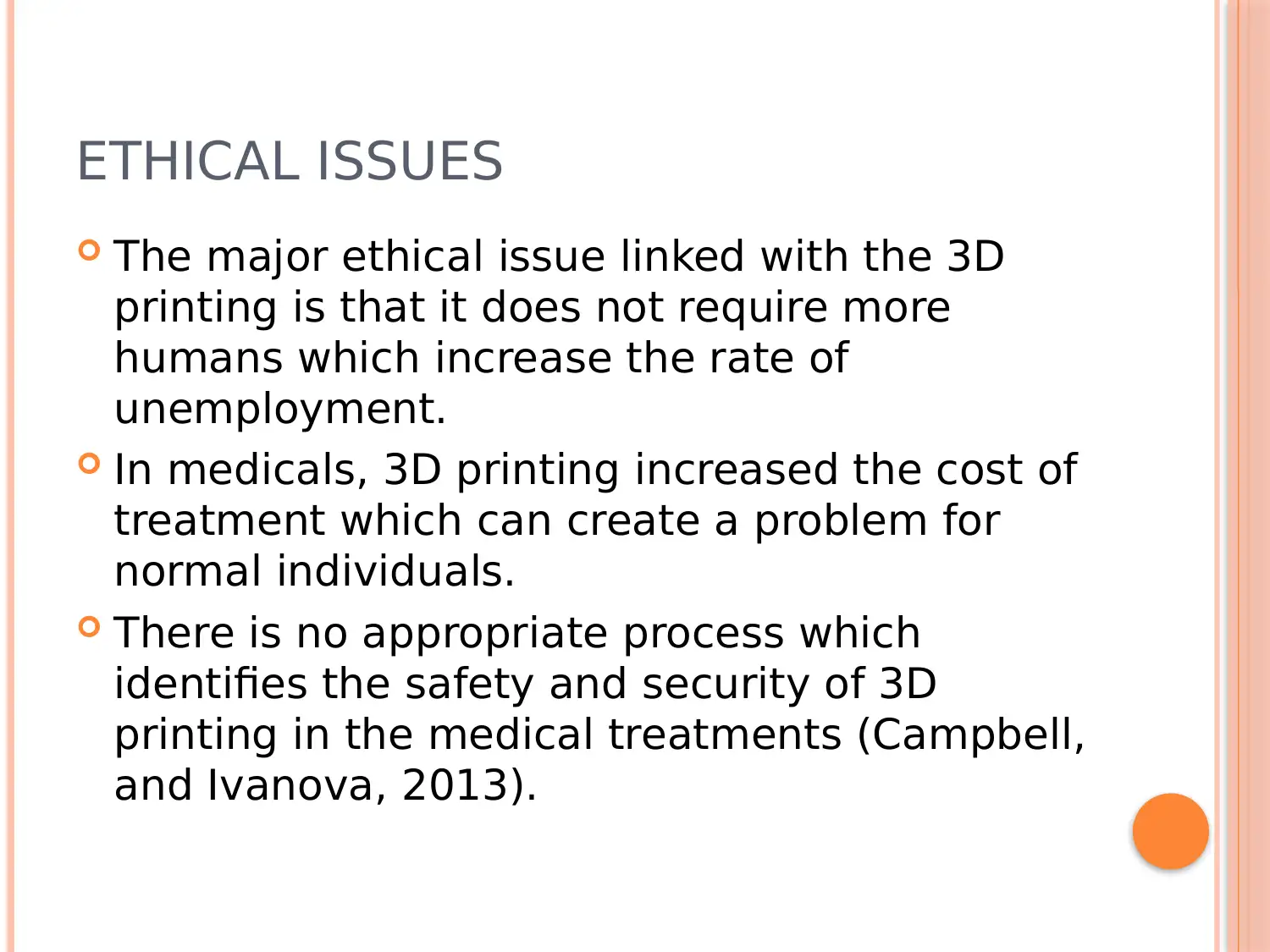
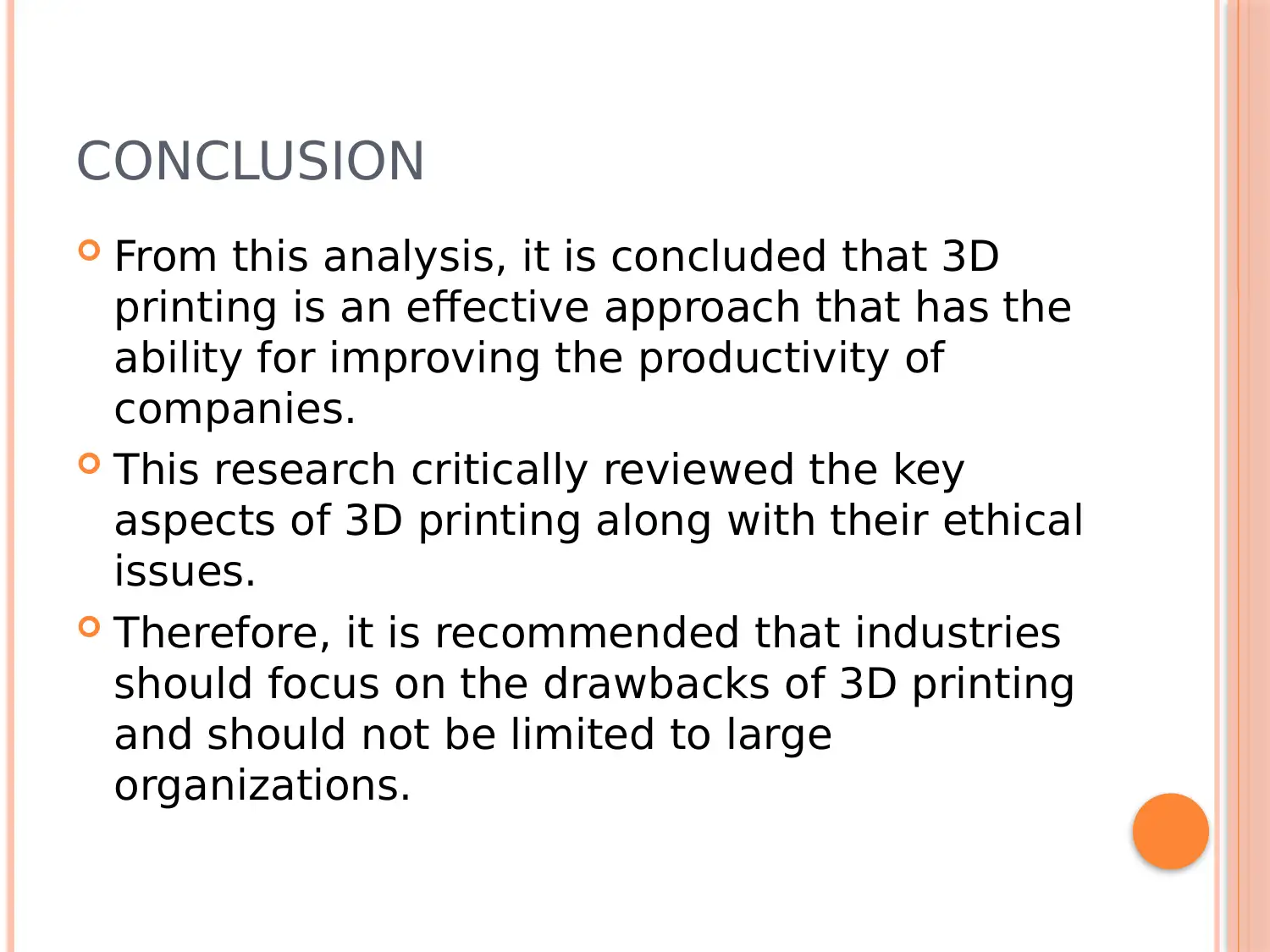
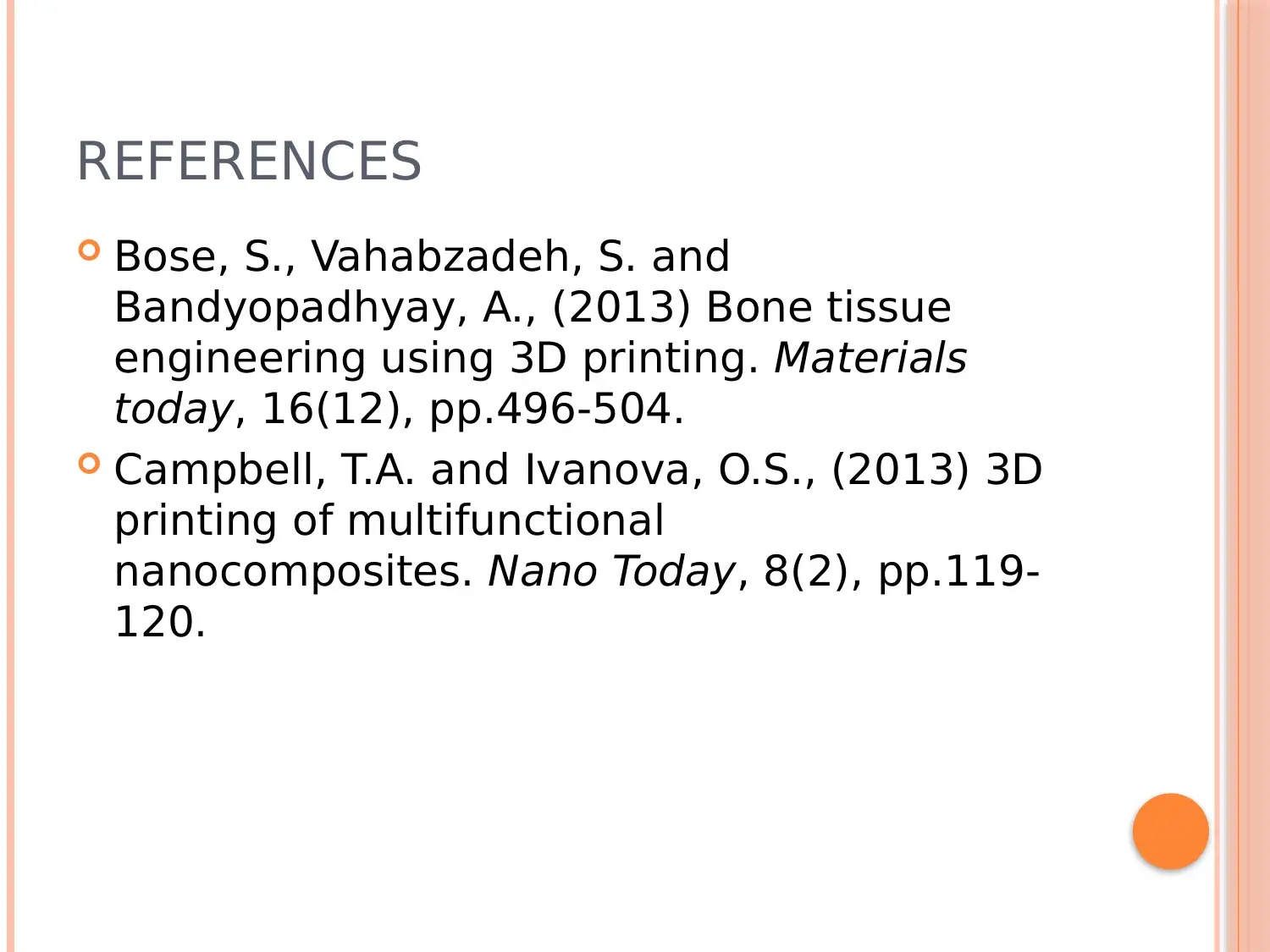






![[object Object]](/_next/static/media/star-bottom.7253800d.svg)